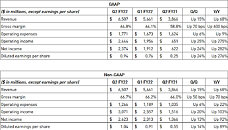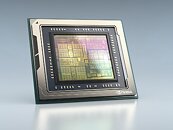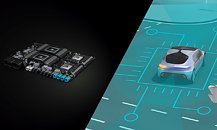
Toyota, Aurora and Continental Join Growing List of NVIDIA Partners Rolling Out Next-Generation Highly Automated and Autonomous Vehicle Fleets
NVIDIA announced today that Toyota, Aurora and Continental have joined the list of global mobility leaders developing and building their consumer and commercial vehicle fleets on NVIDIA accelerated computing and AI. Toyota, the world's largest automaker, will build its next-generation vehicles on NVIDIA DRIVE AGX Orin, running the safety-certified NVIDIA DriveOS operating system. These vehicles will offer functionally safe, advanced driving assistance capabilities.
The majority of today's auto manufacturers, truckmakers, robotaxi, and autonomous delivery vehicle companies, tier-one suppliers and mobility startups are developing on NVIDIA DRIVE AGX platform and technologies. With cutting-edge platforms spanning training in the cloud to simulation to compute in the car, NVIDIA's automotive vertical business is expected to grow to approximately $5 billion in fiscal year 2026.
The majority of today's auto manufacturers, truckmakers, robotaxi, and autonomous delivery vehicle companies, tier-one suppliers and mobility startups are developing on NVIDIA DRIVE AGX platform and technologies. With cutting-edge platforms spanning training in the cloud to simulation to compute in the car, NVIDIA's automotive vertical business is expected to grow to approximately $5 billion in fiscal year 2026.
































